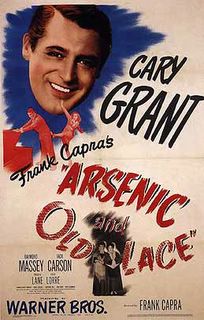Sambucus nigra

The Holunderbusch, elderberry bush, is named after the goddess Holla (the name comes from an archaic word for graceful) who is known as Flieder in the north, a protective house spirit also found as Frau Holle in Grimms Fairytales. Holla was thought to inhabit the plant and there were songs and incantations for use (on bended knee) to placate her, should you find yourself in the position of having to prune. Holla, or Holle, is connected with everything from Thor to spinning, and was of course demonized in early Christian times, but is most commonly known as a healer. Holunder bushes, members of the honeysuckle family, are still found throughout Southern Germany at the edge of wooded areas, and near old farmhouses and barns...even the poorest soils create the necessary conditions for their lush growth. They can reach a height of six meters, and have a light gray, cracked bark with raised nodules surrounding a cork-like core. At the end of May, beginning of June, small yellow-white blossoms emerge in five-stemmed umbels (clusters). The blue-black berries, often already ripe at the beginning of August, consist of two or three seeds and a violet pulp. The berries are rich in vitamin C and contain flavonoids (a powerful antioxidant), as do the blossoms. The seeds, leaves and stems contain the toxin sambunigrin. However, blossoms (Holunderblüten) and ripe berries are often used safely in beverages, The Italian liqueur Sambuca, for example, is a licorice root product infused with elderberry. If you really want your elderberry wine to do damage, you should put arsenic in it.

...and if you're wondering about that old Elton John song, it's on Don't Shoot Me I'm Only the Piano Player. Sambucus canadensis, the American elder, is a large shrub native to North America. Presumably American settlers knew of the European elder, believed to have magical healing powers, and used the American native in similar ways. One of the most common usages is as a tea made from dried blossoms to produce a sweat and break a fever, but the Holunderbusch is used for everything from pies to jelly. Holunderküchle, often found in rural areas here, is made by dipping blossom clusters in batter before deep frying and dusting them with sugar and cinnamon.


<< Home